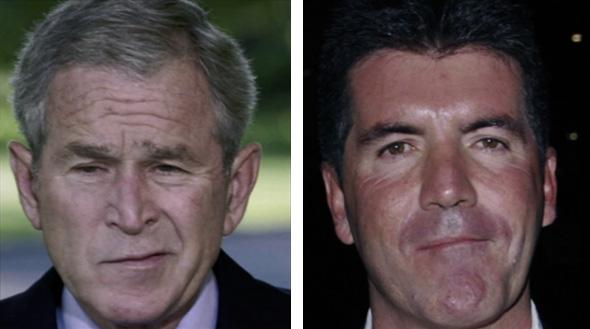A certain article caught my attention today which was based on how Britain is becoming more technically enabled. A collaboration of Scanzine and the Manchester based firm Love have created a QR code advent calendar. The calendar was published on to a flyer which has been distributed throughout cities such as Manchester and London. The flyer works by the user scanning the appropriate code corresponding to the day to find out what is behind 'the door'. They have also produced an online version for those that are not so technologically advanced, after clicking the correct day, prizes promotions and seasonal offerings are revealed.
This also links to another campaign I have recently read about called 'Get Someone Online'. For all the hype surrounding iPads and smartphones, it is easy to assume everybody knows how to work the internet. However, research shows that 9.2 million Britons remain to have no access to browsing online, leading to a campaign launch by Martha Lane Fox (the UK's Digital Champion) named 'Go On: Give Someone Their First Time Online'. This encourages people to donate their old and unwanted computers and laptops which will then be handed over to the digital apprentices. Top brands such as Facebook, Twitter, YouTube, MSN and Micosoft are all involved in an attempt to create a 'Networked Nation'.















